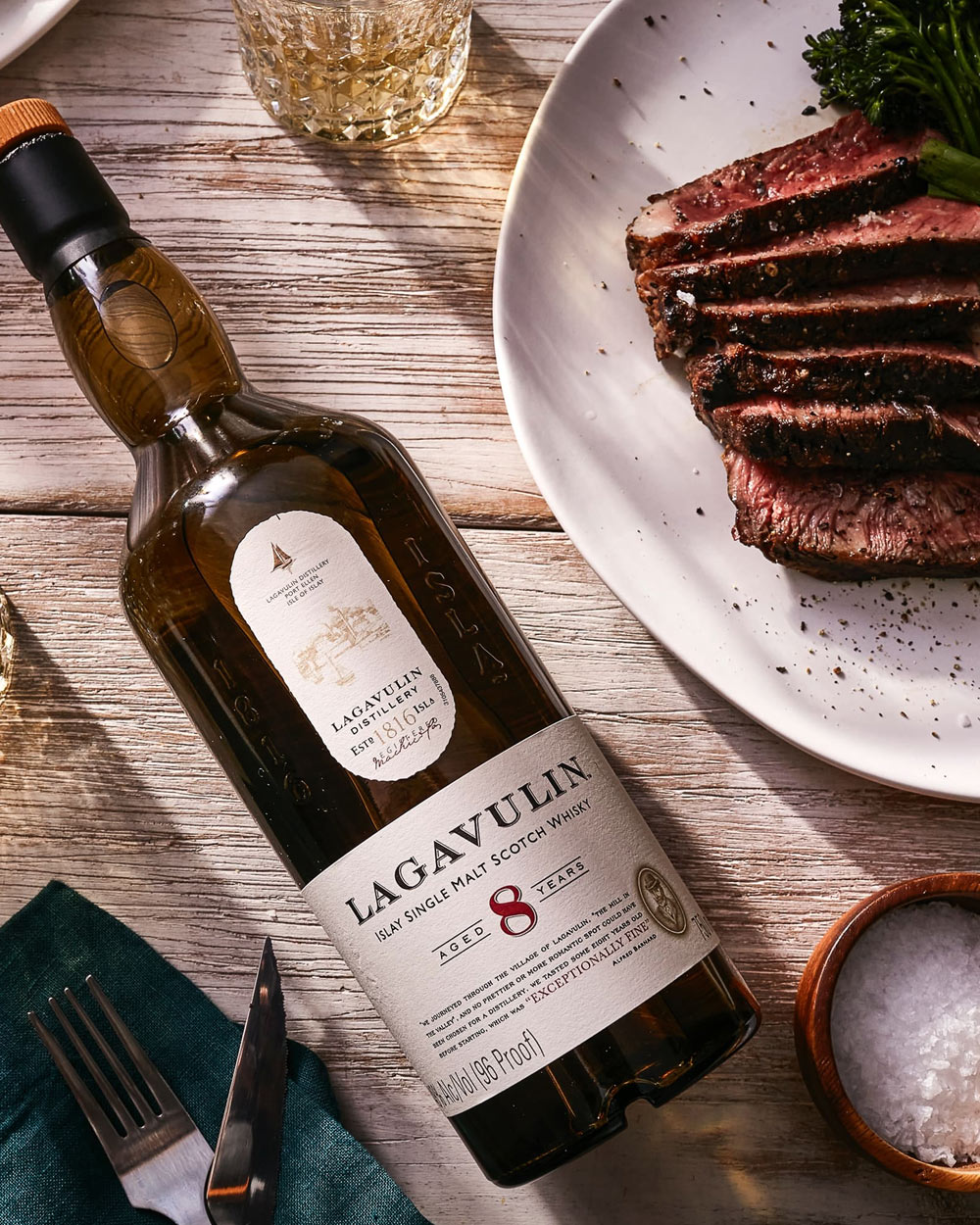When the bottled-in-bond act was first established in 1897, these three words on the bottle guaranteed that what's inside was pure whiskey that met a reliable quality standard.
But as the industry evolved and the rules surrounding whiskey have improved, the antiquated BIB label became more of a marketing tool than a necessary assurance of purity. With the advent of craft distilling, however, bottling-in-bond has regained relevance and respect in the whiskey universe.
While many distillers made true whiskey in the 19th century, there were spurious rectified whiskeys as well—subpar spirits doctored with all manner of additives, aiming to mimic the aroma and flavor of mature, well-made bourbon or rye. The mix-ins could be as innocuous as prune juice or as deadly as turpentine, and they didn’t have to be disclosed.
Frustrated with bad actors sullying the name of quality whiskey, genuine distillers such as Col. Edmund H. Taylor, Jr. began agitating for protections of their pure spirit. The result was what became the Bottled-in-Bond Act of 1897, a set of strict standards for aged spirits to assure transparency and bolster consumer confidence that the whiskey in the bottle was pure, unadultrated whiskey, safe to drink.
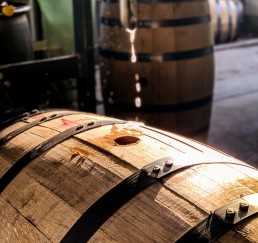
For American Whiskey To Be Labeled Bottled-in-Bond, It Must Meet Four Criteria
1. Product of a single distiller
2. Distilled in a single season: Spring (January-June) or Fall (July-December)
3. Aged for at least 4 years in a federally bonded warehouse
4. Bottled at 50% ABV
Consumer protection laws have made significant progress in the last 124 years so that bottling “in bond” is no longer necessary to prove that what’s on the label is in the bottle. Nevertheless, many craft distillers have flocked to the bottled-in-bond stamp as a symbol of quality and assurance to consumers that the whiskey is made in-house and not sourced. Since bonded whiskeys must be at least 4 years old, this declaration of maturation represents a milestone for producers seeking to set themselves apart from young craft whiskey, which has long drawn criticism from consumers and reviewers.
Most distilleries making bottled-in-bond whiskey are focused on bourbon and, to a lesser extent, rye, but there are bonded wheat and malt whiskeys as well. Here are some must-try examples being made by small producers from Kentucky to Nevada.
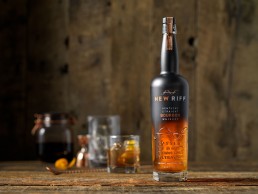
New Riff Bottled-in-Bond Bourbon, Rye, and Malted Rye
Newport, Kentucky
$40-$60
Determined to apply a “new riff on an old tradition,” this distillery just across the Ohio River from Cincinnati only produces bottled-in-bond whiskey (except its single barrels, which meet all criteria but are bottled at barrel proof). Though bourbon is its bestseller, New Riff leans heavily on rye to find its flavors. Case-in-point is its high-rye bourbon mashbill and the recently released 100% malted rye expression. The latter is a 6-year-old bottling whose inventor, consulting distiller Larry Ebersold, considers it his favorite recipe ever.
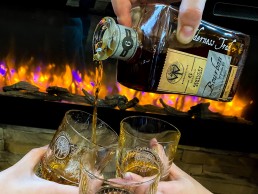
Wilderness Trail Bottled-in-Bond Bourbon
Danville, Kentucky
$48-$69
No whiskey distillery can compete with Wilderness Trail for optimization. Founded by mechanical engineer Shane Baker and microbiologist and biochemist Patrick Heist, the facility draws on their years of experience as distilling industry consultants via their other company, Ferm Solutions. So the bourbon—made with a unique infusion technique, sweet mash fermentation, low barrel-entry proof, and other precise factors—represents a culmination of the partners’ goal to create the best-tasting whiskey possible. Two mashbills feature a high proportion of wheat or rye—24%, to 64% corn—and the distillery recently added a 6-year-old option to its core 4-year-old expressions. One of those—the wheat recipe—is bottled as a single barrel, but with such a meticulous process behind it, you’re unlikely to find too much variation.
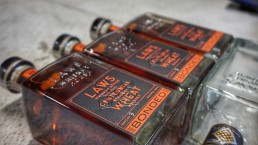
Laws Whiskey House Bottled-in-Bond Bourbon, Rye, Wheat, and Malt Whiskey
Denver, Colorado
$76
The heirloom and heritage grains featured in Alan Laws’ whiskeys are sourced from two nearby family-owned farms. The distillery’s identity centers on the Colorado-specific terroir found in those grains, imparted by the Rocky Mountain climate and growing conditions. While Laws offers barrel-proof, barrel-finished, and 47.5% ABV versions of its bourbon and rye, it also makes bottled-in-bond offerings a core segment of the lineup. And don’t forget to check out its limited bottlings, such as Centennial Wheat and Henry Road Straight Malt.
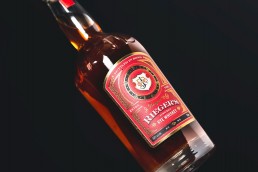
J. Rieger Bottled-in-Bond Rye
Kansas City, Missouri
$50
Launched this year on 816 Day—August 16, Kansas City’s annual celebration named for its area code—this rye is the distillery’s first fully house-made whiskey and the first legally distilled whiskey in the city since Prohibition. Made in pot stills from a high-rye mash, this J. Rieger Bonded Rye was aged two years beyond the bottled-in-bond minimum. The new rye pays homage to the late master distiller Dave Pickerell, who was instrumental in helping J. Rieger & Co. get started on its whiskey-making journey.
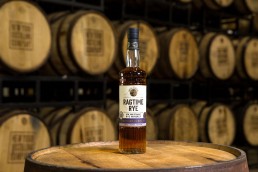
New York Distilling Co. Bottled-in-Bond Ragtime Rye
Brooklyn, New York
$49
A heftier version of the distillery’s core Ragtime Rye, this bottled-in-bond whiskey also meets the standards for Empire Rye, a style engendered by a group of New York distillers in homage to the state’s pre-Prohibition rye heritage. Among the requirements for Empire Rye is the use of at least 75% New York-grown rye, which gives Ragtime a robust spiciness and warmth, studded with notes of stone fruit and banana. It’s easy to sip but slips just as smoothly into a variety of cocktails, aided by the bartender-friendly design of its lanky Art Deco-inspired bottle.
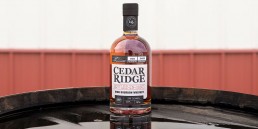
Cedar Ridge Bottled-in-Bond Bourbon
Swisher, Iowa
$50
Iowa is corn country, and Cedar Ridge founder Jeff Quint knows corn. Quint is a 9th-generation farmer who caught the distilling bug in 2005 and has never looked back. By steadily growing distribution and emphasizing its local roots by partnering with notable Iowans like the heavy metal band Slipknot, Cedar Ridge has grown to become the state’s number-one bourbon, outselling even the big guys like Jim Beam. Quint makes unusual choices in the production process to create its signature flavors, such as lautering the mash (separating solids and liquids) before fermentation and using malted rye as its secondary grain. This gives its bourbon a distinct character that stands apart from the typical Kentucky style.
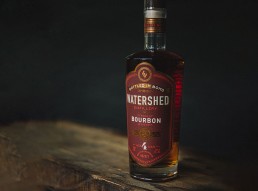
Watershed Distillery Bottled-in-Bond Bourbon
Columbus, Ohio
$50
Like many craft distillers, Watershed’s first release was a young bourbon, just 2 years old, an age statement that increased over the years. Upon reaching its milestone 10th anniversary in 2020, the company decided to make that evolution more permanent by shifting to a bottled-in-bond designation for its flagship. The whiskey, distilled from a mash of 72% corn, 21% rye, and 7% malted barley, highlights red fruit, caramel, and chicory flavors, with a distinct herbaceous note.
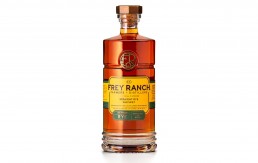
Frey Ranch Bottled-in-Bond Rye
Fallon, Nevada
$60
Fifth-generation farmer Colby Frey and his wife, Ashley, grow all of the grains used in their ranch distillery, which they founded in 2006. They even built an on-site malt house to handle the barley used in their bourbon mashbill, which is bottled as batched and single-barrel offerings. The rye, however, has a 100% winter cereal rye recipe that’s only available bottled-in-bond. It has a generous floral and fruit nose followed by a full, complex palate with flavors of dark chocolate, plums, spice, and nuts.
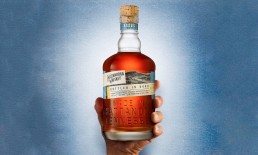
Chattanooga Whiskey Bottled-in-Bond Bourbon
Chattanooga, Tennessee
$50
Tim Piersant and Joe Ledbetter began their campaign to restore distilling in Chattanooga in 2011, and they were finally able to offer a bottled-in-bond whiskey in 2019. Released seasonally, this bourbon batches together multiple mashbills, each of which includes the requisite majority corn and at least 25% of any number of specialty malts, from honey to caramel, peated to chocolate, and even other malted grains, including rye, wheat, and oats. (The codes for each release can be found on Chattanooga Whiskey’s website.) Naturally, the bourbon’s flavor deviates far from the standard, but it works and has led the distillery to designate the style as “Tennessee High Malt.”
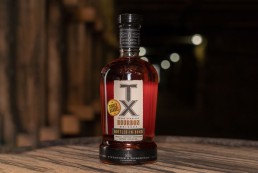
Firestone & Robertson Bottled-in-Bond Bourbon
Fort Worth, Texas
$50
A literal hotbed of whiskey production, Texas has few distilleries offering bottled-in-bond whiskey—most likely because, by the time the liquid hits 4 years of age, there’s precious little of it left in the barrel, thanks to a brutally high angels’ share. Nevertheless, Firestone & Robertson managed to eke out enough 4-year-old bourbon to launch a single-barrel bonded product in the spring of 2021. It’s available in Texas only, but given the distillery’s substantial capacity, currently 135 barrels a day, there seems to be a good chance of increased availability in the future.
A seasoned blind taster and critic, Susannah Skiver Barton covers whisky and spirits from both lifestyle and trade angles. She served as a senior editor at Whisky Advocate and Market Watch for many years, responsible for the annual awards list. Other bylines include Punch, The Daily Beast, and more. She is a Certified Spirits Specialist and recipient of the 2020 Alan Lodge Young International Drinks Writer Award.

